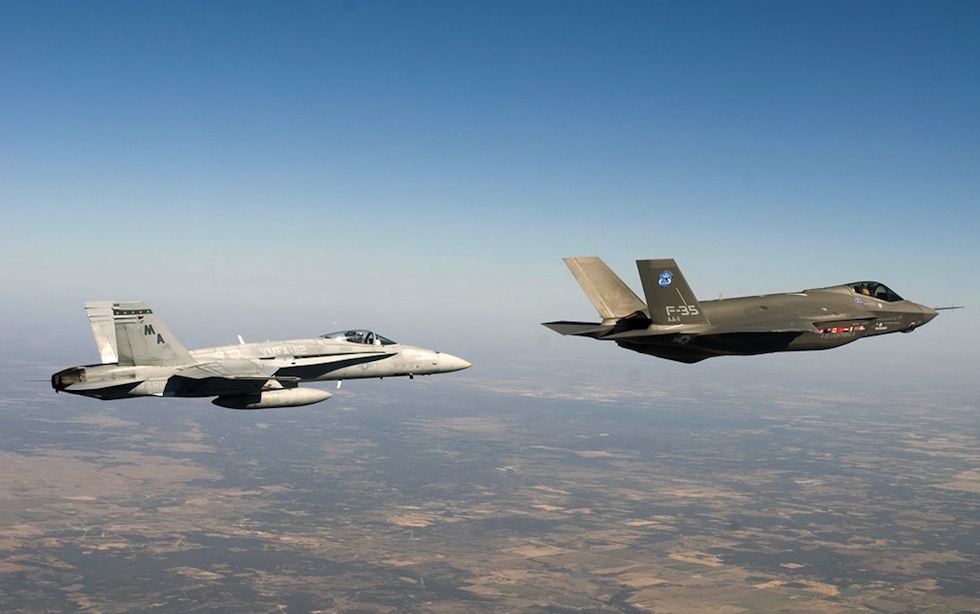By: Rodnie Allison
For many, the final details of India’s Medium Multi-Role Combat Aircraft (MMRCA) competition are of little significance. For those of us without a stake in Dassault Aviation, or the Eurofighter consortium, the real thrust of the deal lies in the expansion of strategic industrial and defence cooperation between India and the West.
In the realm of indigenous defence technologies, there is a considerable gap between what India’s domestic industry can offer and what is expected of it by the nation’s forces. According to Indian Defence Minister A.K. Antony, “Our aim is to have a strong defence industrial base in India, because a country like India cannot indefinitely depend on foreign suppliers for the majority of our equipments. At the moment 65-70 percent of the equipment is imported; we have to reverse this trend.”
Given the current economic and budgetary woes afflicting many Western states, India’s timing for acquiring such technology could not be more opportune. New Delhi has found considerable leverage in procurement negotiations to modernize large portions of its currently outdated weapons systems—an estimated 50% of which are considered obsolete. Flush with cash from record GDP growth, the Subcontinent is now playing catch up via the acquisition of notable quantities of foreign defence technologies. In what can effectively be considered a leapfrog policy, the Indian defence industry is bypassing the substantial research and development costs associated with weapons development.
What India lacks in technology and domestic manufacturing capacity it makes up for with the ability to strategically focus capital. The International Monetary Fund in 2009 projected India’s GDP would grow in real terms by more than 7.5% on average from 2010 to 2014. Furthermore, India’s defence budget has grown by some 64% (in real terms) since 2001—reaching $36.3 billion in the 2011–2012 budget. News out of New Delhi indicates that India is on track to spend more than $100 billion on capital acquisitions in the 2007-2012 timeframe and $120 billion in the next plan period (2012-2017).
Given the economic downturn and subsequent Euro zone crisis, India is poised to take advantage of the weakened positions of many organizations within the technologically rich, and now capitally poor, European defence industry. Case in point: the MMRCA negotiations. With its new found leverage, India has become more confident to negotiate on its own terms in regards to technology transfers and industrial offsets.

For the MMRCA competition the Indian Request for Proposals (RFP) required that 60% of the aircraft’s technology be transferred to India in four phases. The MMRCA contract places extraordinary demands on the winning vendor to supply not only manufacturing technology (including six-axis computer controlled milling machines and large-sized advanced forging and foundry facilities), but also design data associated with key technologies, such as engines, radar and early warning components. Only 18 of the 126 fighters will come directly from the vendor selected. After the subsequent transfer of technology, the remaining 108 jets will be manufactured by the state-owned Hindustan Aeronautics Limited (HAL)
In large part the indigenization of the Indian defence industry has been a constant battle complicated by corruption and ideological differences concerning the role of the state in weapons manufacturing. The state has refused to relinquish control of domestic defence research, development and manufacturing infrastructure; or to create the regulatory environment where one could sufficiently develop. Indigenous defence production is largely dependent on the public sector accounting for around 86% of the indigenous market. As such it should come as no surprise that India is now the world’s largest weapons importer making up 9% of the world’s international arms transfers.
Should the West be worried about India’s increasing clout? No – for two important reasons. First, is the undeniable pull of aligned strategic interests over the medium to long term. This includes cooperation on China, Afghanistan and anti-terrorism and anti-piracy arenas. According to the Pentagon’s February 2010 Quadrennial Defence Review Report, “As the economic power, cultural reach, and political influence of India increase, it is assuming a more influential role in global affairs. This growing influence, combined with democratic values it shares with the United States, an open political system, and a commitment to global stability, will present many opportunities for cooperation.”
Second, as evident in the MMRCA competition, is the continued reinforcement of anti-corruption efforts within India. Considering the publicity such transactions receive and the lasting maintenance and supply chain relationships they create; there is a significant opportunity to create positive institutional momentum within India. The sheer size, publicity and significance of such contracts will, in it of themselves, encourage a heightened level of transparency and accountability within the procurement process.
In the pursuit of building long term strategic cooperation, the MMRCA competition has thus far raised the standard for industrial, commercial and defence integration between the West and India. Only time will tell if these advancements will make the transition from prudent fiscal leveraging, on India’s behalf, to a more permanent and concrete security compact between all actors involved.
Further Readings: Prospects for Global Defence Export Industry in Indian Defence Market, Dogfight! – India’s Medium Multi-Role Combat Aircraft, International arms transfers

